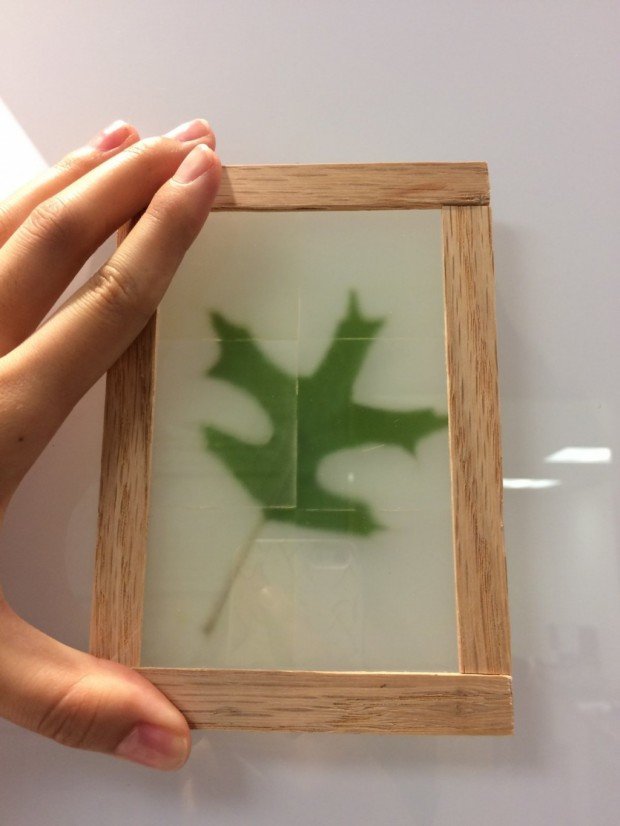Plain sheets of glass aren't much better. They shatter easily and let a lot of energy leak into or out of a building.
But engineers have recently figured out how to find the best of both worlds by making see-through wood.
The team, led by materials scientist Liangbing Hu at the University of Maryland, developed a patented process to turn wood translucent, make it more durable, and lend it incredible strength.
We first wrote about this wild-looking material in May 2016, but the same scientists recently published a detailed study about its properties in the journal Advanced Energy Materials.
How strong is it? The engineers write in the study that it has "high impact energy absorption that eliminates the safety issues often presented by glass."
The recipe to make translucent wood like this is a secret for now, but Martha Heil, a University of Maryland Nanocenter spokesperson, told Business Insider in May that the process uses bleach, epoxy, and — of course — wood.
First the researchers soak the wood in lye, also known as sodium hydroxide. The chemical removes lignin, a compound in wood that normally makes wood brown, strong, and resistant to the munching of pests.
Heil said it takes about 10 minutes to bleach a very thin piece of wood and up to 24 hours to bleach a small log.
Next the wood is soaked in a "clear liquid" to clear it up. At this stage the wood is "very friable, or as one researcher put it, 'crunchy,'" said Heil.
It looks like this if you don't bleach the wood long enough — note the lignin-packed rings of the wood:
Fully processed, clarified wood gets soaked in a glue-like epoxy that makes it very hard and clear.
This turns the porous tubes of cellulose in wood — which normally suck water up toward leaves and pull sugars down toward roots — into highly efficient light diffusers.
"You have a uniform consistent indoor lighting, which is ... independent of where the sun is," materials scientist Tian Li said in a YouTube video released by the university, so even light from a glancing angle will illuminate the see-through wood.
And because this "glass" is made of wood, it's also a better insulator against heat.
"Our transparent wood also has a much lower thermal conductivity compared with glass, making it a better thermally insulating building material with a lower carbon footprint," the team wrote in the new study.The researchers hope their creation will reinvent wood as the next big thing in renewable building materials, but they have yet to scale up their bench-top work to a manufacturing level — and perfect a process that relies on less harmful chemicals.
"Making transparent wood requires using epoxy, so it's not very environmentally friendly right now," Heil said, noting the research team is "experimenting with other types of clear stiffeners, which will include PVP (polyvinylphenol), which is recyclable."We can't speak for everyone, but we're really looking forward to green, shatterproof privacy windows in bathrooms that are made of wood.
Watch the full clip on the see-through wooden "glass" below.






But how can we weaponize it?
I LOVE great inventions! In days of old, one might have thought of it and invented it at home. However, that person's home would quickly have the door kicked in by their purchase of Red Devil Lye.
Still, good work, guys.
R.C.